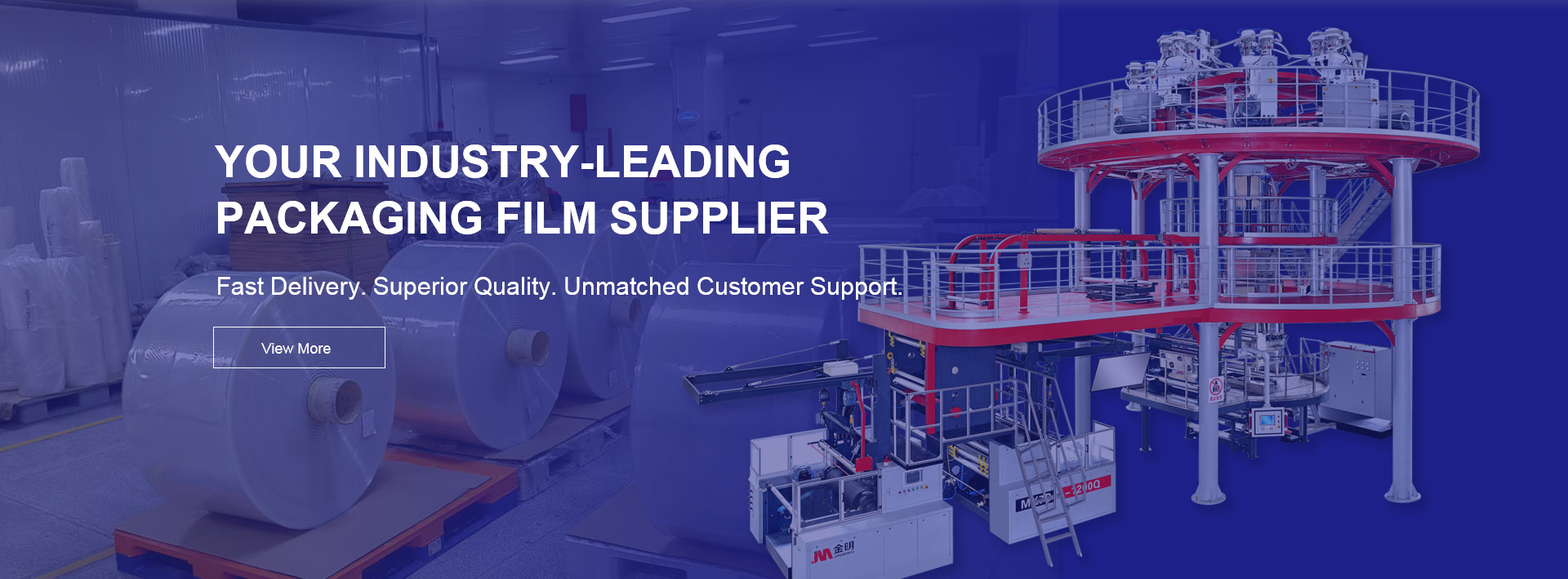
In the ever-changing world of food packaging, new materials are essential to maintaining product integrity and extending shelf life. Key among these advancements are Clear Vacuum medium barrier film and Clear Vacuum high barrier film, which offer unique benefits and applications to meet different packaging requirements. This article describes the benefits of using medium barrier film compared to high barrier film to help companies make an informed choice.
Understanding Clear Vacuum Medium Barrier Film
Clear vacuum medium barrier film is a packaging material designed to provide a balanced level of defense against environmental factors such as oxygen, moisture, and contaminants. It is suitable for moderate protection of food, ensuring that food remains fresh and safe without the highest level of barrier performance.
Some of the benefits of using medium barrier film include:
Affordable: One of its main advantages is affordability. For many food products, this type of covering is less expensive than high barrier forming machines and is sufficient to meet demand.
Adequate Coverage: Although medium barrier Forming Films do not have the same covering capabilities as high barrier forming film, they can significantly reduce oxygen and moisture. Therefore, companies can maintain quality while keeping an eye on their budget.
Flexibility: Another advantage is its adaptability as it can be used to package a wide range of food products. Its flexibility makes it more suitable for different formats such as vacuum sealed bags or lidded trays, etc.; therefore, they have a variety of options when companies need packaging.
Increase transparency: With the clear communication provided by high barrier formers, medium barrier formers provide excellent visibility. They allow buyers to see what is inside the package, thus enhancing the appearance of the package and strengthening customer trust. Notably, transparent packaging helps manufacturers to effectively display their products on retail shelves.
Comparison of medium and high barrier films
Protection levels: High barrier films are specifically designed to provide ultimate protection against factors such as oxygen, moisture, and contamination. Therefore, this is ideal for perishable products such as meat, fish or dairy products where product integrity is important. In contrast, medium barrier films do not have strong covering capabilities, so they can only provide moderate protection against oxygen and moisture damage; this makes them suitable for food products with relatively short shelf life.
Use Cases: High barrier films are often used for products that require an extended shelf life and have very strict safety standards. This includes fresh meats, cheeses, ready meals. Nevertheless, medium barrier films are more suitable for baked goods, such as cookies and cakes, and some processed foods, including potato chips, which require less maximum barrier properties but still have some protective barrier.
Applications
Processed Foods: Medium barrier films are ideal for packaging processed foods, including snacks, cereals, and bakery products. These products benefit from the general protection of the packaging, thereby extending shelf life, without the additional cost of high barrier films.
Dairy Products: Medium barrier films provide good protection for dairy products with relatively short shelf lives, such as yogurt and some cheeses, ensuring freshness and quality without the need for maximum barrier properties.
Fresh Produce: To maintain appearance and freshness, medium barrier films are very effective for packaging fresh fruits and vegetables that require some barrier protection but do not require the highest level of barrier protection.